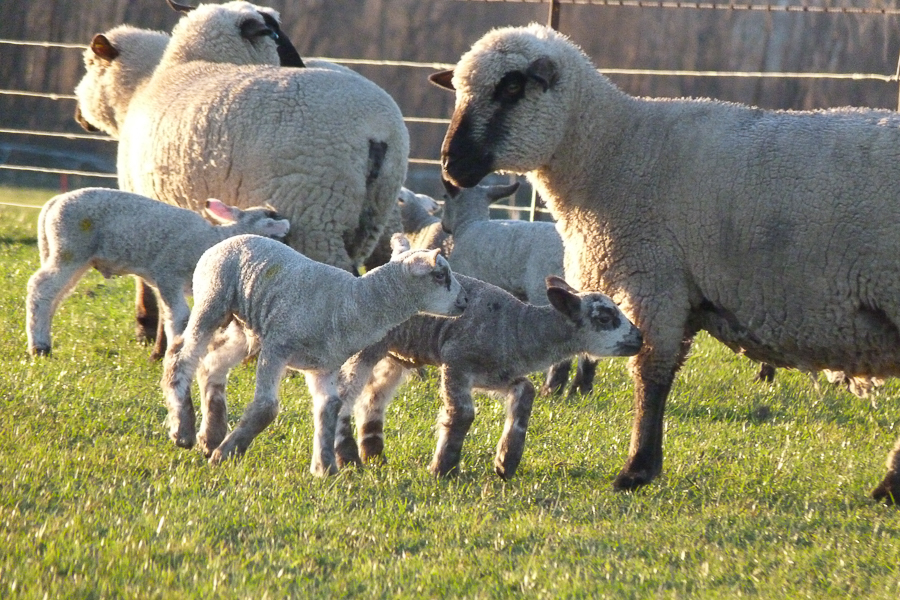
There are many tried and tested production animal vaccines available, all achieving excellent protection which leads to on-farm profitability. Vaccines can be a significant component of the animal health budget but are invaluable in ensuring good animal health.
It can be hard to measure their value or quantify their effect on production, as the best measure of their effectiveness is no disease. It’s not until you experience losses, be they ongoing small losses or an outbreak, that the value is easier to assess. There are return on investment (ROI) calculators available for some vaccines, which can be adapted to your individual situation.
Vaccines work by stimulating the immune system, effectively teaching it to identify a specific antigen (virus or bacteria) and priming the body to produce antibodies in response to the presence of that antigen. This means that when the immune system encounters the antigen for the first time it is able to mount an immune response more quickly and effectively than an unvaccinated animal, with a goal of halting disease before the immune system can become overwhelmed and the animal diseased.
Due to variation in the individual immune response to vaccination complete protection cannot be guaranteed. Vaccines will reduce the severity of a disease outbreak, but do not claim to prevent it entirely. In the case of Rotavec®, we know that some cows will produce higher levels of colostral antibodies than others, with heifers producing the best-quality colostrum.
It is important to realise that a vaccine is prevention, not a cure. If an animal is already infected by leptospirosis, vaccination will not clear that infection. Similarly, a cattle beast born persistently-infected (PI) will always be a PI, regardless of BVD vaccination later in life. This is why we start lepto vaccination programmes when calves are young and have a 12-month booster protocol, and why cows are vaccinated for BVD annually prior to mating.
Most vaccines require at least two doses, and many require an annual booster. After a first vaccination, we see a rapid increase in antibody levels followed by a drop. Antibody levels from vaccines wane over time, just as is seen with naturally-acquired antibodies thus most vaccines require an annual booster prior to the risk period. A booster will lead to a much higher increase in antibody levels, and a longer protective period. Toxovax® is the notable exception to this, with one shot providing lifetime protection in the majority of cases.
Storage and handling of vaccines are critical, and if the stated requirements aren’t met they may not work at all. We ensure cold chain continuity from the producer to your Vetlife clinic, and once you collect your vaccine that job rests with you. Most vaccines must be stored between 4°C and 8°C and must be used before expiry. Vaccines also have a stated time from when the vial is broached until it must be disposed of. This information will be clearly printed on the packaging.
Clean handling of vaccines is essential, with frequent needle changes. Needle tips will burr very quickly and should be disposed of rather than reused at a future date. Vaccinating wet or dirty animals should be avoided, to reduce vaccine site reactions and abscesses.
Vaccination is a core animal health strategy to achieve healthy and profitable stock. With a growing number of vaccines available on the New Zealand market your Vetlife veterinarian will be able to advise you on vaccination options for your operation and can work with you to create an individual targeted vaccination plan as part of an animal health plan.